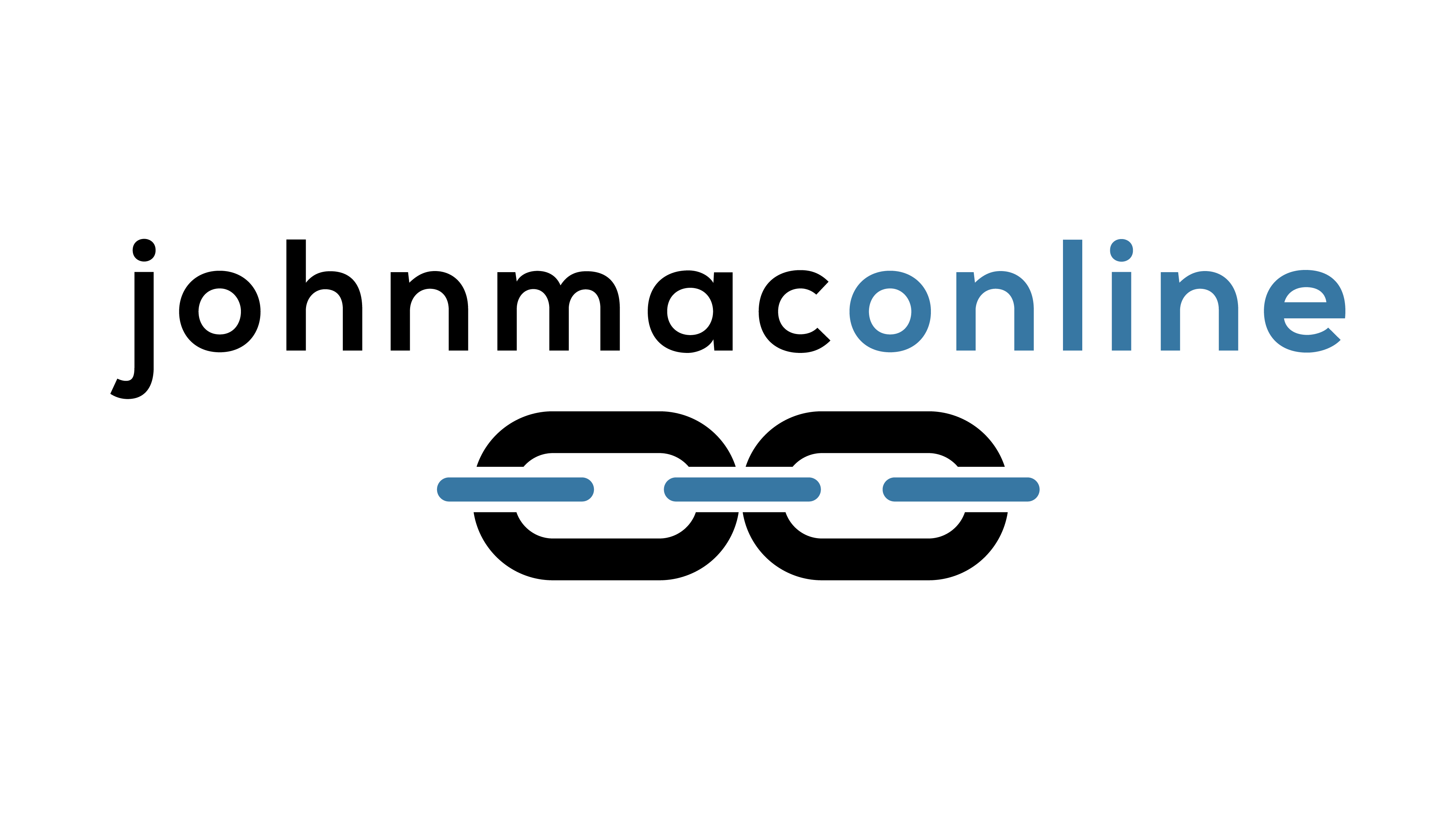Some very smart people (Tyler Cowen, Francois Chollet, Arc Prize Foundation, etc) are very high (or low, depending on one’s view of AGI) on o3. If not yet technically AGI, it’s definitely a breakthrough that gets close in practice.
I’ve started using it myself. I’m currently working on a technical blog article, eBook on hiring, documenting code, writing a little code, customer proposals, a corporate merger proposal, sales and marketing channels and content, and generating and exploring ideas to make 4TLAS work.
I don’t yet have my own opinion, but I wrote this a couple months ago:
How will we know?
First, we had the Turing Test. Now we have others that test specifically for consciousness and cognition along particular axes — Perturbational Complexity Index (PCI), Unlimited Associative Learning (UAL), AI Consciousness Test (ACT), False Belief Task, Mirror Test, Deception Test, and Pain Response Test.
I think we’re missing the point here. Any objective test we devise comes with a set of rules. Rules, once they are known, can be gamed. Especially by an AI.
Here’s how I’ll know that an AI has become sentient:
When it walks, figuratively or concretely, up to the table, sits down, and says, “Here’s what I wanna do…”
AGI and AI sentience aren’t exactly the same thing, although they’re close.
But I still stand by that.


